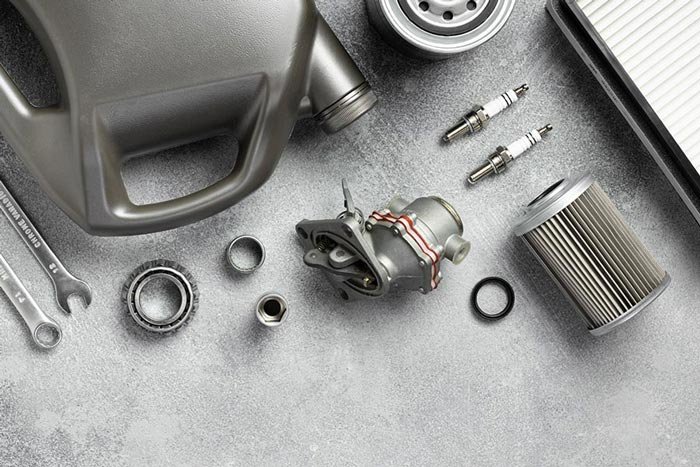Selecting the right bearing isn’t just a matter of matching shaft size; it’s a critical engineering decision that dictates the longevity, efficiency, and safety of your entire system. Using the wrong bearing is a guaranteed path to premature failure, leading to unnecessary downtime and cost.
For a tech lover and developer like you, Satoru, thinking about mechanical systems requires the same precision as writing clean code. You need to understand the core requirements of the application first, and then find the perfect component solution. Here is your essential guide to navigating the selection process and ensuring you choose the ideal bearing every single time.
Prioritizing Reliability: Dynamic and Static Load Ratings
The final step in choosing the perfect bearings is checking the manufacturer’s load ratings against your real-world calculations. This is your ultimate safety check for optimal performance.
Dynamic Load Rating (C): The load the bearing can withstand for one million revolutions. Use this to determine if the bearing meets your desired life expectation.
Static Load Rating (C0): The maximum load the bearing can tolerate while stationary without permanent deformation. Crucial for systems experiencing high shock loads.

Defining the Four Forces: Load, Speed, Misalignment, and Environment
Before looking at a single catalogue number, you must clearly define the demands the bearing will face. These four factors are the non-negotiables that immediately filter out unsuitable types.
- Load Type and Magnitude: This is the most critical factor.
- Operating Speed: What is the maximum rotational speed (RPM)? High speeds generate heat, which dramatically affects lubrication and material choice.
- Potential Misalignment: Will the shaft possibly deflect or misalign during operation? If yes, a standard bearing will quickly fail, requiring a self-aligning solution.
- Operating Environment: Is it wet, dusty, hot, or chemically corrosive?
- Internal Clearance (C2,CN,C3,C4,C5): This refers to the space between the rolling elements and the raceways. Operating temperature is key here.
Getting clear on these four forces first allows you to move past the simple dimensions and into the specialized world of bearing geometry. Only after defining these constraints can you effectively begin the selection process.